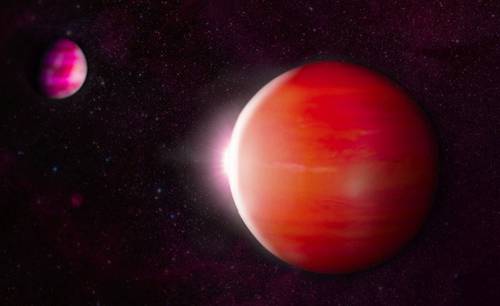Madrid. A new census of more than 4,000 cosmic objects within a radius of 65 light years from the Sun reveals that there are four times as many stars as brown dwarfs in this area.
However, low-mass objects are more common than high-mass ones. The average in this area is 40 percent of that of the Sun.
The study, published in The Astrophysical Journal Supplement Series, is the result of the citizen science project Backyard Worlds: Planet 9.
There’s something about the star formation process buried in that data
said J. Davy Kirkpatrick, lead author of the work and a researcher at Caltech’s Infrared Processing and Analysis Center in California. We have another clue how it works
.
Brown dwarfs are neither quite stars nor quite planets, but something in between. They are generally more massive than Jupiter, but they do not fuse hydrogen in their cores as even lower-mass stars do.
The study supports the idea that the process of brown dwarf formation is somehow different from the process of higher mass stars. Both types of objects are thought to form when a cloud of gas and dust collapses, but there could be different ones. seeds
that determine whether one type of object or another is formed.
The experts sped up the process of identifying objects in this census by 10 to 15 years, compared to if researchers had done the job without them, Kirkpatrick said.
Through Backyard Worlds, citizen scientists indicate whether objects in image sets could be fence
that is, within the general neighborhood of our Sun in the galaxy, looking for the movement of objects relative to the background.
